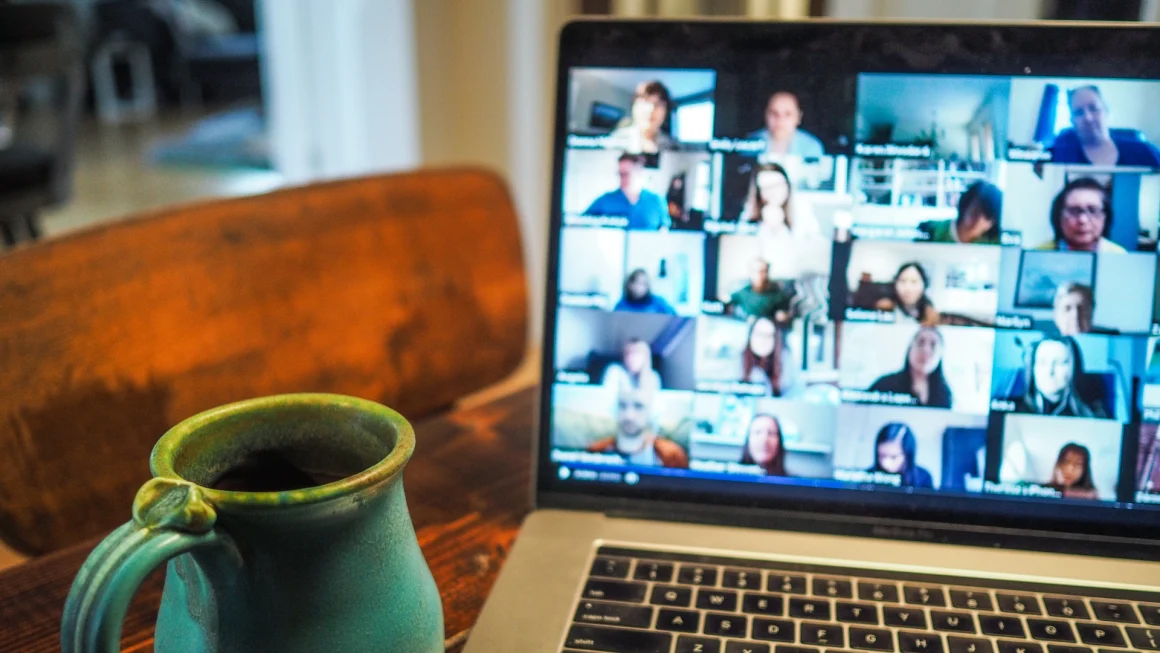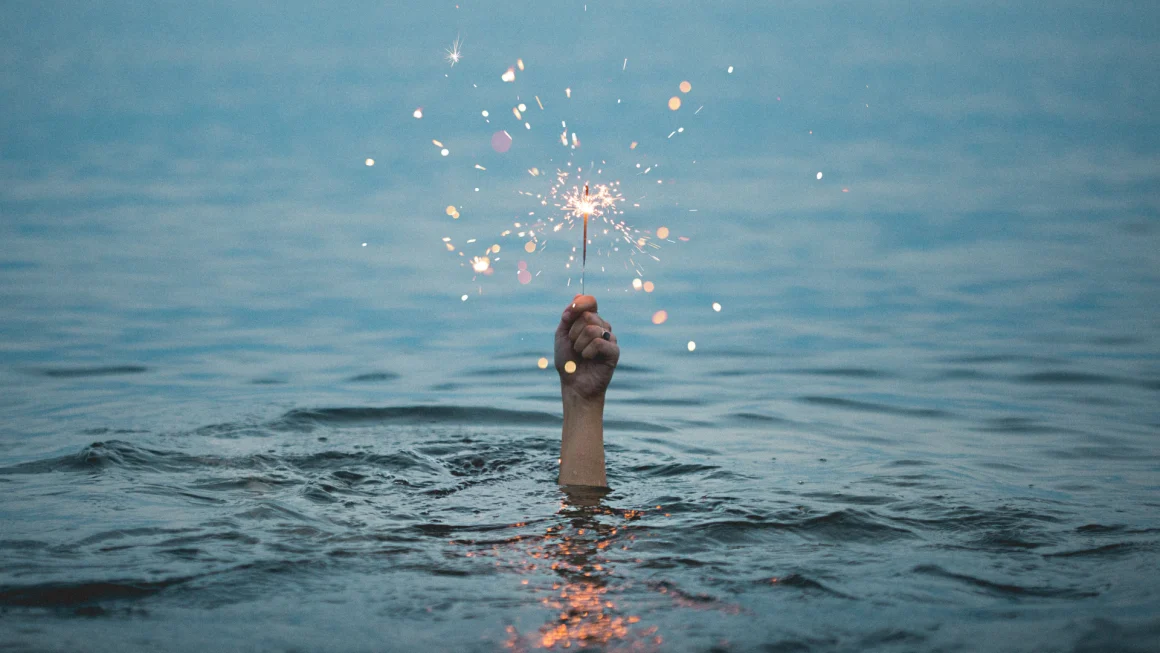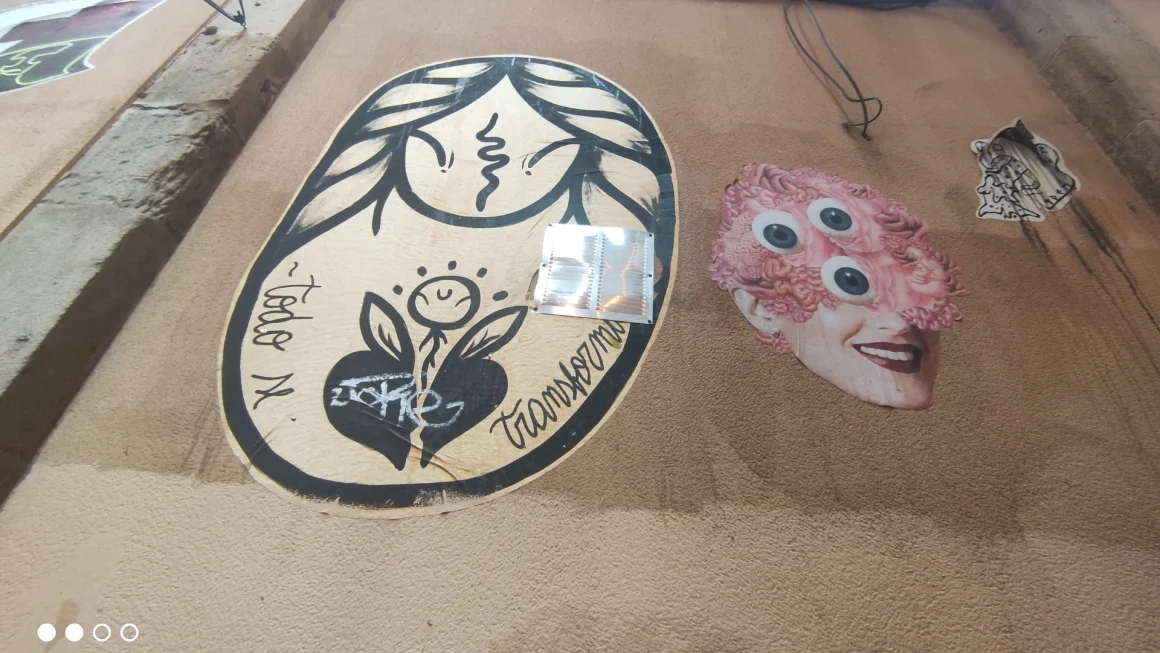Brands and companies turn to overlook the modern family in their campaigns when advertising. Is the world not yet ready to receive the idea of having a modern family? Or are they afraid of the reactions they will get? Why are companies old fashioned in their way of thinking and why aren’t they catching up to this manifestation? Actually, maybe the most important question is, is the trend evolving and do we see new values within generations?
Traditional families have evolved in recent years. I’m not only talking about single parenting or normal parenting. I’m referring to new family structures which have evolved in various ways in recent years. Think of an unmarried couple, gay/lesbian couples, mixed race couples, transgender parents or stepfamilies, divorced parents, mixed religion parents or just a single parent. It is clear that the demographical standard of having 2.1 children is rapidly dying (Wardlaw, 2019).
That the demographical standard is changing is a fact. However, the traditional family structure is still by far the most represented group in advertising, marketing and public services. The advertising format only allows for a limited amount of time to bring a message across. Brands make use of traditional families because it’s easy. We relate to this construct because it feels familiar, especially for the older generation who are between the ages of 40 and 65+ who still watch a lot of TV and see a lot of advertisements (MediaMonitor, 2017).
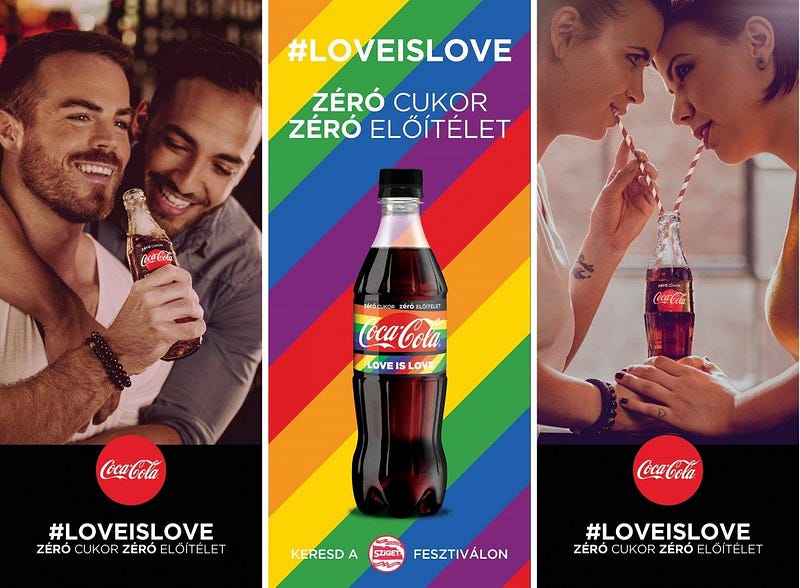
Using advertisements and branding techniques is one of the most important communication tools in our lives today. We constantly accept influences from commercials or magazines without paying attention to certain objectives a campaign is meant to fulfil. We are still exposed by old-fashioned ways of advertising and non-modern commercial designs which don’t consider diversity and inclusion.
Regarding The Future Laboratory: “In fact, these continued codes, built on a framework of bias underpinned by an American Dream-style ideal, make us particularly susceptible to accepting messages that perpetuate discrimination”. Which in fact result in less empathy and avoiding opportunities showcasing modern-family-campaigns (Wardlaw, 2019). However, this trend is evolving. Maybe it is not about including everybody, maybe it is more about bonding within a community. In this blog I’ll show you the change by showing two different advertisements.
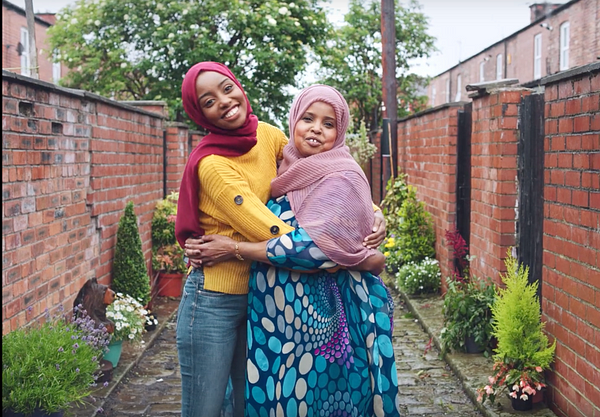
The first example, McCain recently launched a campaign that highlighted the differences in family structures across the United States and the world. The ad is the third launch of the platform “We Are Family” and want to show how differences in opinion can bring families together and how it can bond a whole society. The advert follows 10 families from different backgrounds. Different opinions represent different beliefs on school, home life, sports and technology. These differences can also be found in religion, gender, politics and sexual identity. Mark Hodge (marketing director at McCain) explains: “Where the first two ads were looking more at the physical diversity that existed, this is looking beyond that. It is more than skin deep. Differences exist between people and families and values and beliefs, and these get discussed over mealtimes.” However, maybe the world is going to change more and more towards a bonding community (Fleming, 2019).
This is what McCain has been doing for a couple of years now and strive to broader the opportunities in the ad-sector. But, Denmark’s TV2 also made an advertisement with a different outcome but with the same message. Let’s have a look to that one.
Denmark’s TV2 has launched the commercial “All that we share” (Alt Det Vi Deler), an advertisement featuring a group of Danes from all over Denmark. The ad itself was a challenge to growing attitudes of discrimination on the grounds of ethnicity in Denmark and across the world. They asked the Danes to fill in 40 question before filming. The organisation challenged this group of people to cluster themselves based on their given answers on the filming day itself without any requirements. In the ad, you see people placed in boxes related to society’s standards and habit of judging. A man asks question to the group for instance: “Who feels alone or left out by someone?” It is up to them to respond honestly. It clearly showcases how much people are bonded indirectly without knowing. By creating awareness like this, the commercial celebrates the concept of a tolerant and strong connected society (within Denmark) which is showcased in marketing and advertisement.
According to WeSpire, a website which creates platforms in order to better work environments, Millennials in particular see diversity as the merging of different backgrounds, experiences and points of views. Meanwhile, non-millennials traditionally have believed that diversity should be viewed as protection to all. For generations, people have been taught to blend in within a culture for example without standing out. The younger generation has been showing other values and is probably one of the most diverse generation we have had so far together with Generation Z (WeSpire, 2013). In addition, the younger generations are much more willing to actually bond and accept everyone personally no matter what background.
Brands and companies need to start showing up for people. They ought to embrace diversity and inclusion. But not only that, it is also about bonding and about the stigma around certain communities. They need to accept that this evolution is getting stronger. This is an opportunity to reach new and larger audiences from all walks of life. Indeed, showcasing these types of ads doesn’t come without any risks. Brands must stand for what they are showing, and they should have a backbone.
As Steve Wardlaw said: “It’s time for companies to put money where their mouth is and work hard towards becoming genuinely more diverse and inclusive within their own structure, and in the products and services they provide. Otherwise it’s just a hollow gesture, wearing the mantle of liberal forward-thinking values with no integrity or authenticity” (Wardlaw, 2019).
This is a story of the Futurist Club
by Science of the Time
Written by: Thars Labee
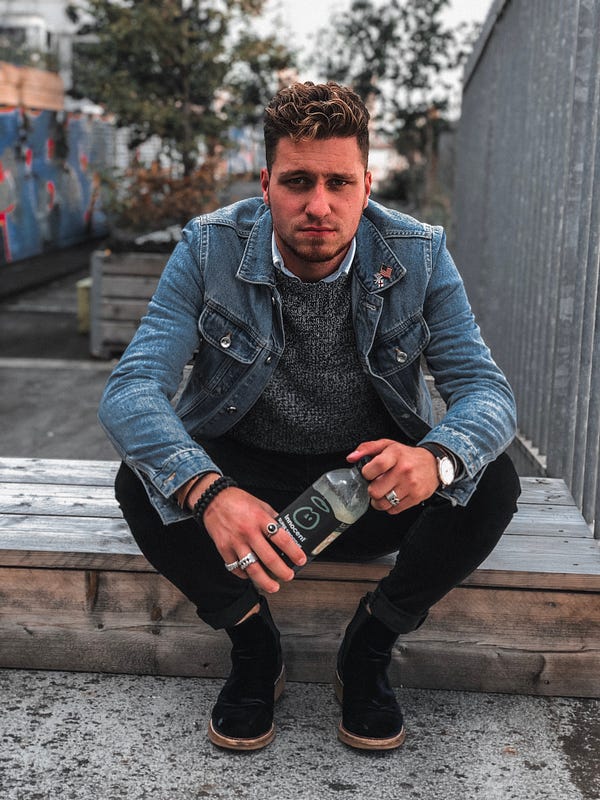
My name is Thars, I am 22 years old and currently living in The Netherlands. I study Trend Research and Concept Creation at Fontys University of Applied Science. At the moment, I am doing an internship in Cape Town, South Africa. I want to create awareness around the benefits of cycling and the effect it can have on people’s daily life in terms of Mobility, Independency, How you can save money and How it will affect their Quality of Life positively.
Furthermore, my hobbies are playing tennis, working on BALLS. The Company (own business), travelling and just getting to know different cultures in order to expand my point of view of the world. I am eager to learn from everybody! So, what is your greatest experience in life?


